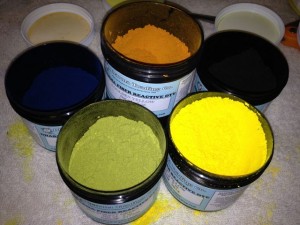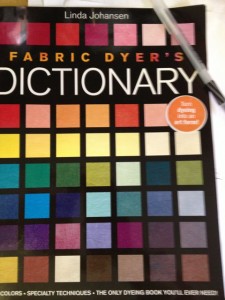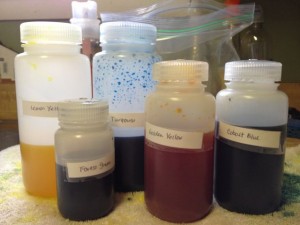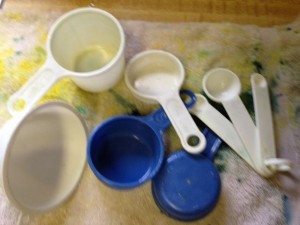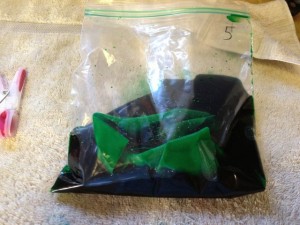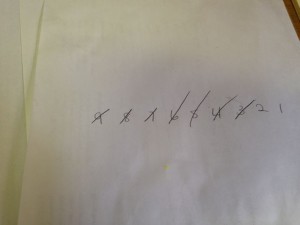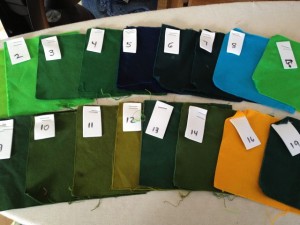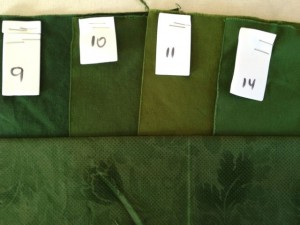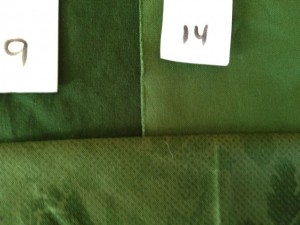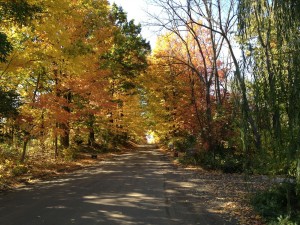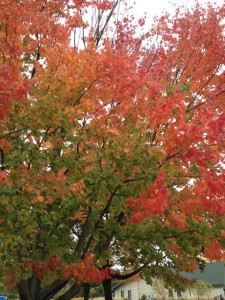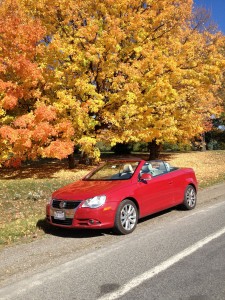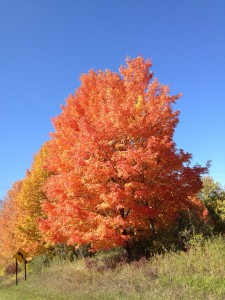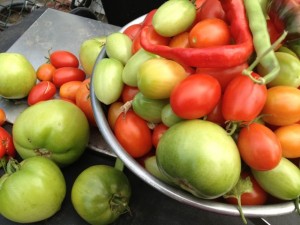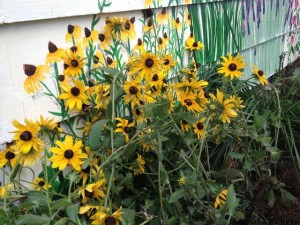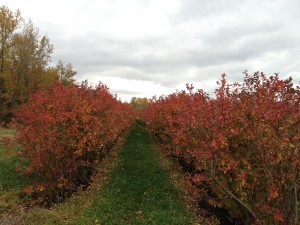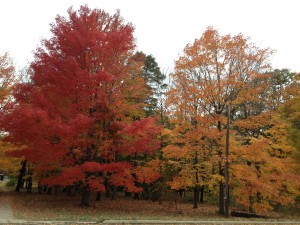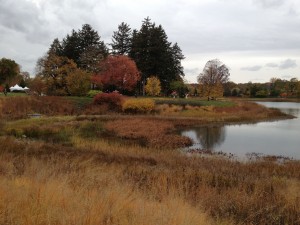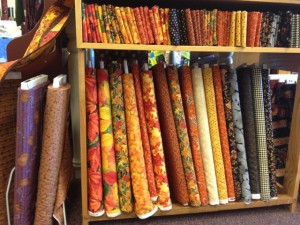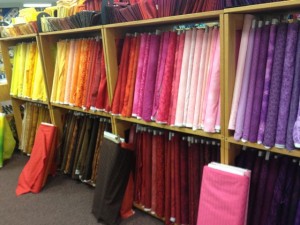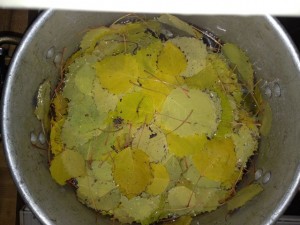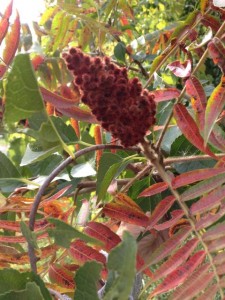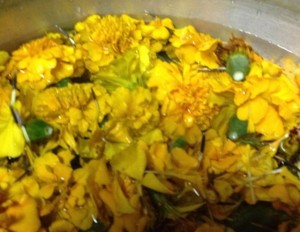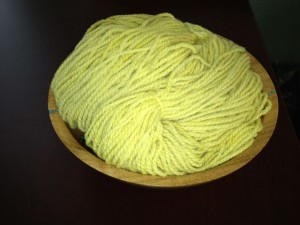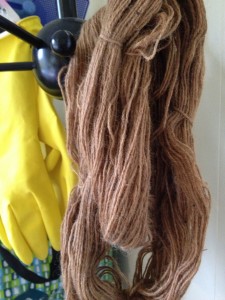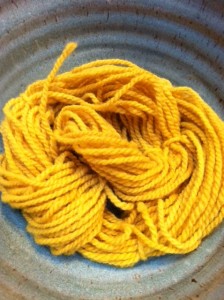I know you’ve all been on pins and needles wondering whether we liked our paint colors. (Haha)
We (drum roll) love it!!!!!!!
The grey walls of the living room, kitchen and hallway were completed this weekend and I was very happy with the results. I still hadn’t decided on the accent wall.
I narrowed down the accent wall colors to two samples: “NightFlight” (a dark navy) and the “Newburyport Blue” which was definitely more purple than blue. I asked everyone for an opinion and almost every time they would choose the purple one. Every time they did, I had this contrary sense that I really wanted the alternative.
Last night, pondering it once again, I went back to look up the color online and realized that the paint sample I’d been given couldn’t be right. I decided to have a new sample made up from a store that normally works with Benjamin Moore paints. As soon as we opened the can, we knew that THIS was the color intended, not the purple hue. It is just the right balance of color and warmth needed for my accent wall. Perfect!
5 samples of grey and 5 samples for the accent wall. Persistence (and a patient husband) really does pay off.
P.S. I’m figuring out that this wishy washy angst over decorating decisions might be a function of age. I asked a few of my friends and we all admit to finding such decisions difficult now, when in the past we started projects and chose colors a lot more easily. We still haven’t figured out why that might be–just that we share the experience. Any ideas?

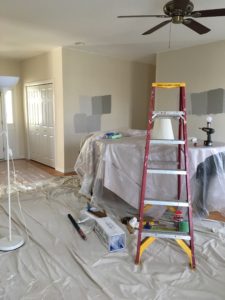
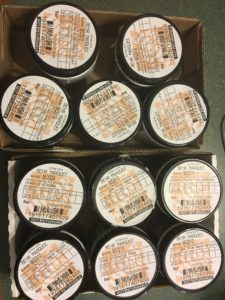 I was really shocked when I painted the samples. It was a bit like Goldilocks and the Three Bears. One color was too dark, one was too light (with strong purple tints), and so on. The accent paints were a deep purple and a too-bright blue.
I was really shocked when I painted the samples. It was a bit like Goldilocks and the Three Bears. One color was too dark, one was too light (with strong purple tints), and so on. The accent paints were a deep purple and a too-bright blue.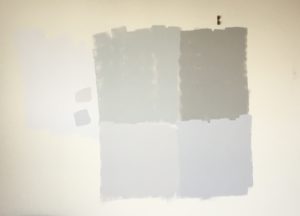
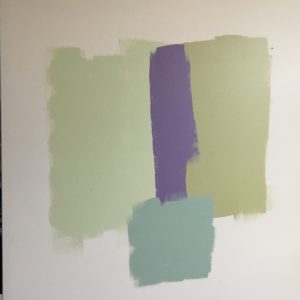
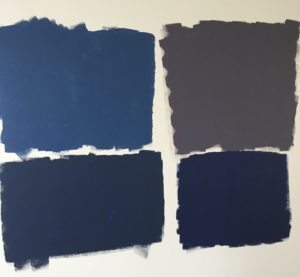
 We bought a house in the burbs!
We bought a house in the burbs!



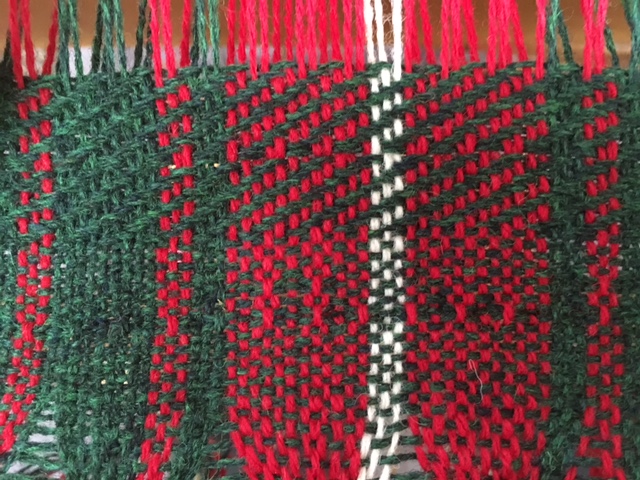
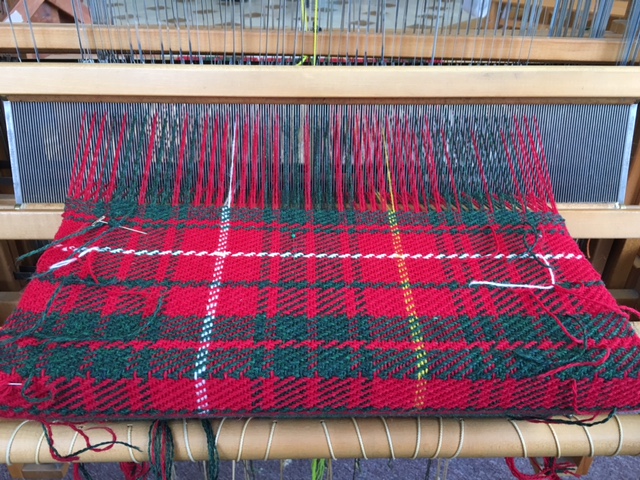
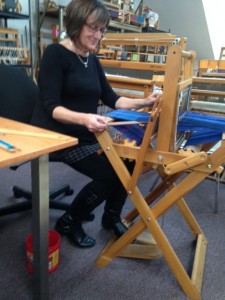
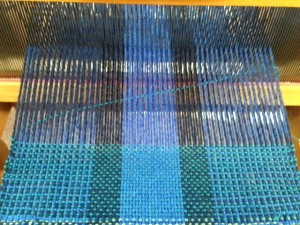
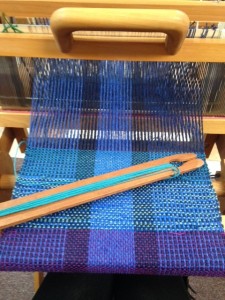
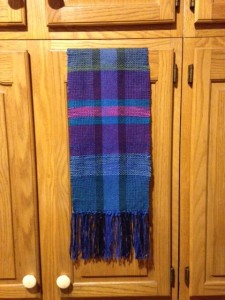
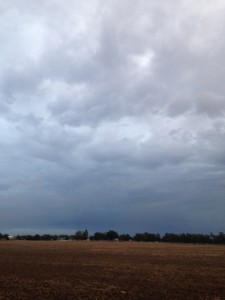
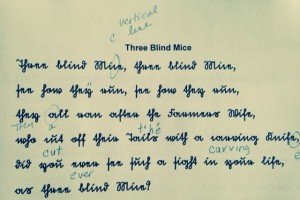 That afternoon and the next day were spent in lectures about burial practices and graveyards (I had a hard time staying awake through that one,) finding living relatives, military records (I do have a couple of soldier ancestors and had already found my way around some of these records,) and two sessions on understanding Swedish written in Gothic handwriting. It’s fairly easy to use the Swedish records for the basic facts of an ancestor’s life, but interspersed in the records are all kinds of remarks, written in Swedish in this old style of writing. Many S’s look like f’s, which is true in English as well, but I learned that most a’s aren’t closed so that they look like u’s; e’s look like n’s, h’s can look like g’s and so on. The above example is a gothic font (so much more uniform than normal handwriting) of Three Blind Mice in English. Look closely to see how challenging reading it can be, and then imagine the variations of handwriting, the extra flourishes, and the Swedish language.
That afternoon and the next day were spent in lectures about burial practices and graveyards (I had a hard time staying awake through that one,) finding living relatives, military records (I do have a couple of soldier ancestors and had already found my way around some of these records,) and two sessions on understanding Swedish written in Gothic handwriting. It’s fairly easy to use the Swedish records for the basic facts of an ancestor’s life, but interspersed in the records are all kinds of remarks, written in Swedish in this old style of writing. Many S’s look like f’s, which is true in English as well, but I learned that most a’s aren’t closed so that they look like u’s; e’s look like n’s, h’s can look like g’s and so on. The above example is a gothic font (so much more uniform than normal handwriting) of Three Blind Mice in English. Look closely to see how challenging reading it can be, and then imagine the variations of handwriting, the extra flourishes, and the Swedish language.